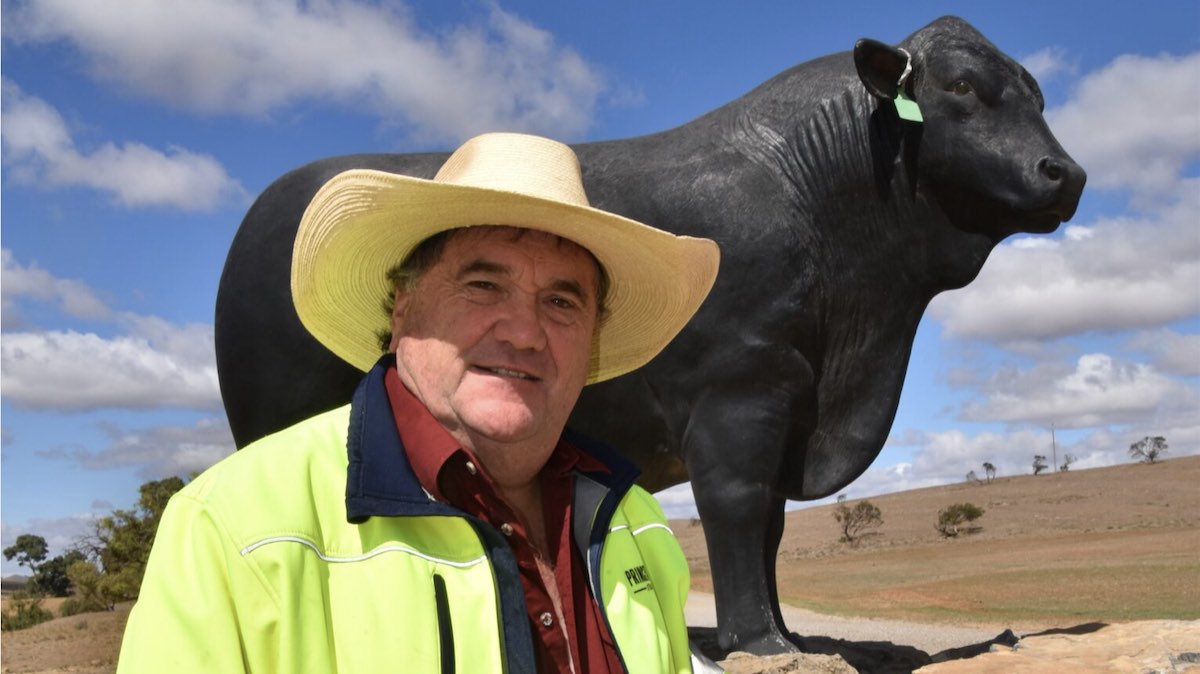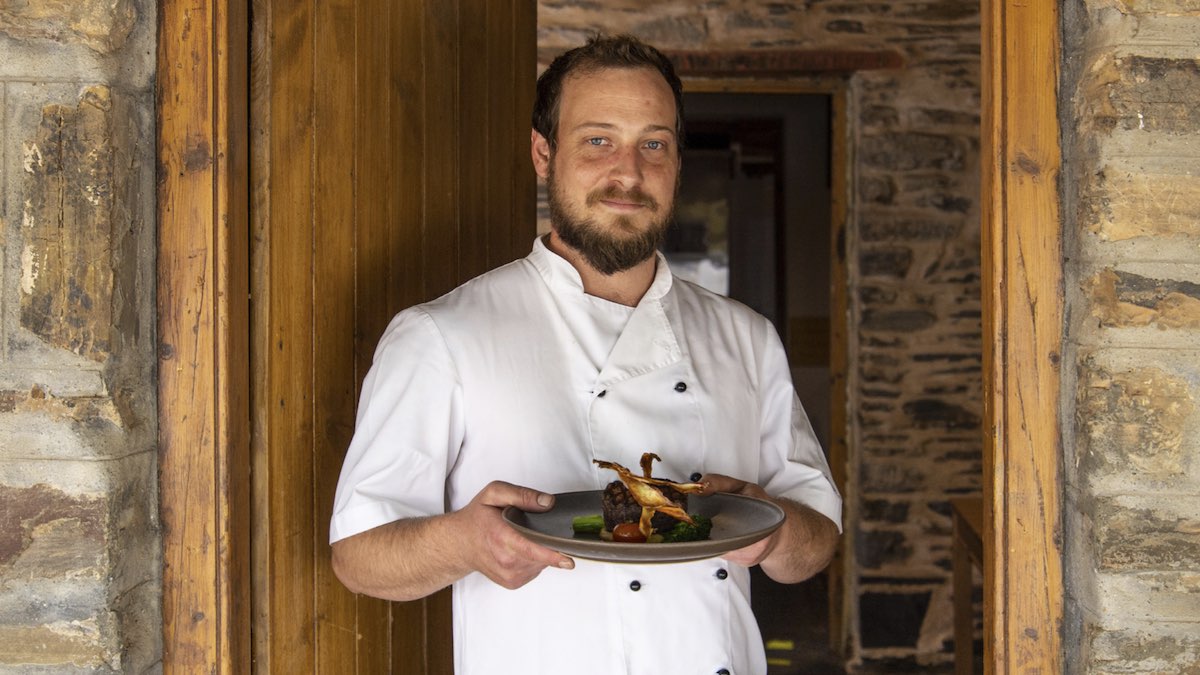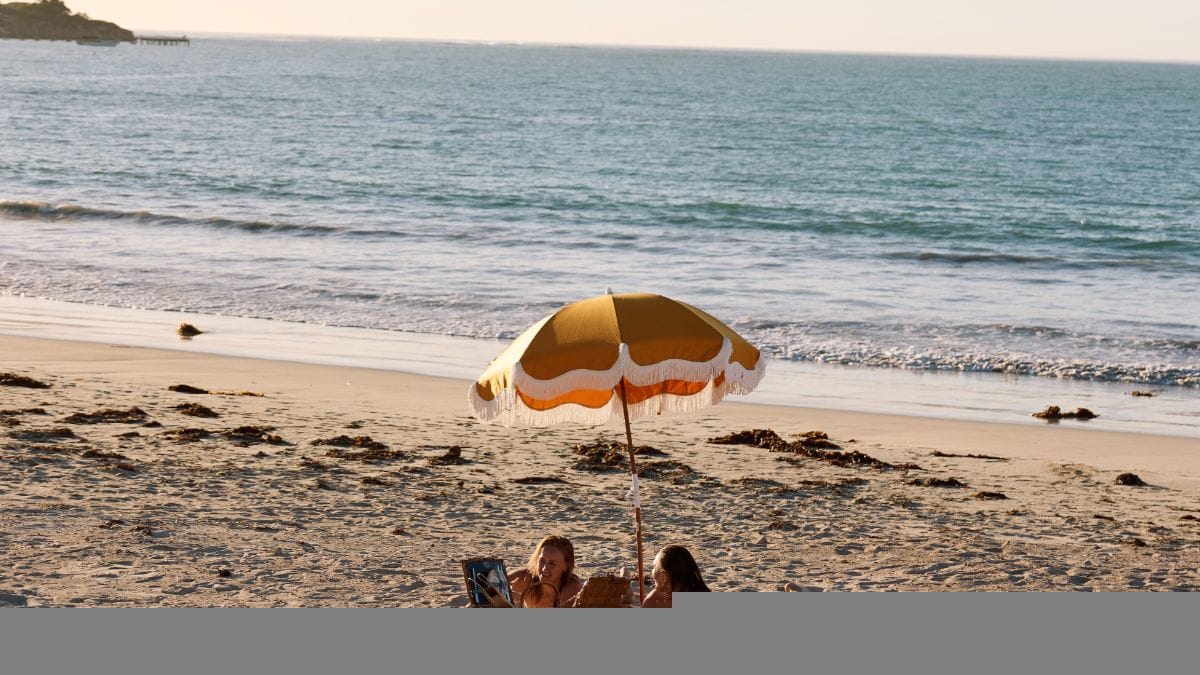At South Australia’s Princess Royal Station, owner, Simon Rowe would love to see more young people enter the agriculture industry. And he is willing to give them a chance to do it. But he does challenge anyone interested, to do it with “purpose”.
A call to purpose in agriculture
“There’s an exciting role in the agriculture industry, even starting your working life with us, say, handling livestock; there’s a myriad of jobs it can lead to,” Mr Rowe said.
“Just because you start out working in cattle yards for a year or two, it doesn’t mean you can’t go on to become a livestock nutritionist or go to uni or any range of agricultural careers.
“I’d like to see more young people come through my door and make a career out of it, rather than just work without any purpose moving forward.”

Diverse operations in South Australia’s Mid North
The Rowe family run a large feedlotting, grain and pastoral operation in South Australia’s Mid North. Such has been their growth and success, they were recognised at number 13 in the 2023 Beef Central Top 25 Lot Feeders.
Along with the main homestead property, Princess Royal Station, located just south of Burra – a couple of hours north of Adelaide – the family owns land to the north, east and west of the town. They also run a pastoral property in the Flinders Ranges, and a feedlotting property at Sedan, about 20 kilometres west of the Murray River.
Closer to home base, near Burra, the Rowes’ own farming land, almost 40 per cent is cropped mostly to cereal grain. Together they have a variety of farming landscapes, with rainfall ranging from 200mm up to 460mm.
Some of the land lies outside of Goyder’s Line – a boundary line established in 1865 by George Goyder to determine areas of South Australia that were arable, and those ‘outside’ more “liable to drought” and less suitable for cropping.
For the Rowe family, the ‘outside’ country provides a good winter grazing option, and the diversity of their land enables them to move stock back to the ‘inside’ country in the hotter months.
From feedlots to carob pods: sustainable practices at Princess Royal
The main focus for the family is growing out and fattening beef cattle and sheep for the export market, and growing grain. And in terms of sustainability, much of what goes around, comes around in the diverse enterprise.
Manure from the feedlots is used on the cropping country, grain and hay grown is fed to the cattle and sheep, and even a large orchard of carob trees on one of the properties purchased by the Rowe family in more recent years is used for their lambs.

“Everything we grow – with the exception of canola – is kept on farm to feed our livestock,” Mr Rowe said.
“We ‘recycle’ the manure from the feedlots and, particularly on our red clay soils, it helps open it up and does a similar job to gypsum, but the difference is it’s got phosphorus and nitrogen in it.
“Using the manure is something that really goes back to the old vegetable growers around the Adelaide Plains who once used manure to enhance and help their soils.
“At the Mackerode property, lambs are put under the trees in the summer time and they eat the carob pods that drop on the ground – they’re 30 to 50 per cent sugar – and we supplement feed the lambs under the trees where they also enjoy the shade in the summer.”
About 90 per cent of the cattle produced at Princess Royal are exported to Europe and China, with much of their lamb also exported overseas.
Princess Royal employs about 85 staff, plus seasonal workers during busy periods.
A rich history and a promising future
Mr Rowe grew up around the livestock buying industry, learning the trade from his father Bob, who passed away in 2013.
The family bought Princess Royal Station in 2000, in a partnership, later taking it over solely. It is a property that is undoubtedly steeped in history.
Once part of the copper mining settlement, alongside the Monster Mine which became one of the biggest of its time and responsible for the establishment of Burra itself, there were grand plans for Princess Royal to do the same and for a township to be developed in the same name.
But the mining was not so successful, and it was sold off as pastoral land in 1860.
And while this history is not lost on Mr Rowe, as current custodian who now lives in the property’s heritage-listed homestead, it is what the future holds for future generations – his three children, and his grandchildren – that most excites him.
Along with his wife, Andrea, Mr Rowe says he is proud that his children Jack, Katherine and Rebecca, are making their own mark in the family business.
All three children were keenly involved in mustering and working with livestock in their younger years before heading off to boarding school in the city.
But Mr Rowe credits his passion for the agriculture industry for instilling the same drive in his children.
While he is still involved in the day-to-day running of the property, he is excited that the future is in their hands.
A family legacy to future generations
“The main responsibility for the property is with (the children) now, I know I can’t rule it from the grave so it’s up to them to take it forward or decide what they will do in the future,” Mr Rowe said.

“But I’m very proud that they’ve all come home. There’s not many operations where they can get a walk-up start like they have in a reasonably large business.
“I used to hear comments from farmers who said if they had all daughters they’d sell the farm, but it’s a different world now, and in many ways I think some of the girls can run properties better than the boys – they have a real ability to make common sense decisions.
“But for all my kids, and now my grandkids if it carries on, they’re going to have an exciting time going forward in agriculture.”
This article was originally published by Australian Farmers.











